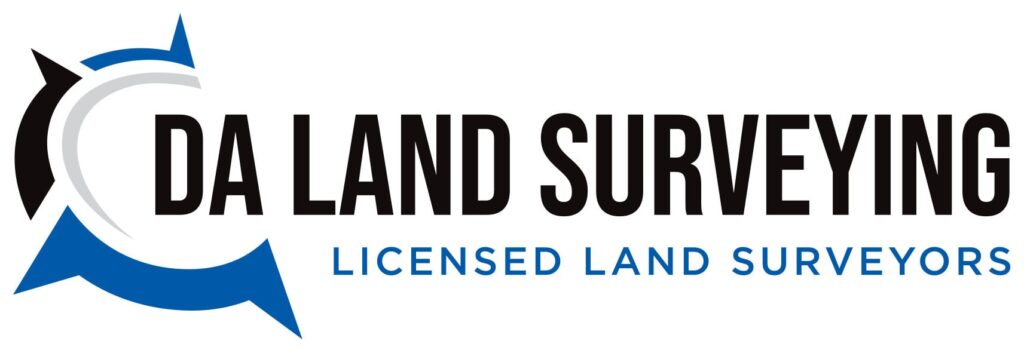In Australia, land surveying is governed by a robust framework of regulations and standards designed to ensure the accuracy, safety, and integrity of property information. For property developers, surveyors, and landowners, understanding these guidelines is key to avoiding legal disputes and ensuring successful project outcomes. In this post, we’ll explore the regulatory landscape, the role of professional standards, and why strict compliance is essential.

-
An Overview of Australian Surveying Regulations
Australian surveying regulations are established to provide consistent, reliable, and legally defensible data. These rules help:
- Define property boundaries accurately: Minimizing disputes between property owners.
- Ensure public safety: Through accurate mapping and documentation of land features.
- Protect investments: By providing precise data that supports planning, construction, and valuation processes.
These regulations are enforced by various state and territory authorities, each of which may have specific legislative acts and codes of practice tailored to local conditions.
-
Key Regulatory Bodies and Legislation
Each state in Australia has its own set of laws and regulatory bodies overseeing surveying practices. For example:
- New South Wales: Overseen by bodies such as NSW Land Registry Services and regulated under specific surveying legislation.
- Victoria: Surveying practices are managed by the Surveyors Board of Victoria, ensuring that all professionals meet strict competency and ethical standards.
- Queensland and Other States: Similar regulatory frameworks exist to ensure consistency, including licensing requirements and ongoing professional development.
These agencies work together to maintain a high standard of practice, ensuring that surveys are not only accurate but also legally compliant.
-
Surveying Standards and Best Practices
In addition to regulatory legislation, the industry adheres to established standards that guide the methods and technologies used in surveying:
- Australian Standards (AS): There are several Australian Standards that relate to surveying, such as guidelines for measuring and mapping land accurately. Adhering to these standards means that surveyors use methods and equipment that meet or exceed industry benchmarks.
- Modern Technology: Innovations like drones, LiDAR, and Geographic Information Systems (GIS) have raised the bar for accuracy. When these technologies are used in line with regulatory standards, they can dramatically reduce errors and improve data quality.
- Quality Assurance: Rigorous internal checks and peer reviews are common practices to ensure that every survey meets both legal and professional standards.
-
The Importance of Compliance
Compliance with surveying regulations and standards is crucial for several reasons:
- Legal Certainty: Legally recognized surveys prevent boundary disputes and protect property rights.
- Risk Mitigation: Accurate surveys help identify potential issues early, reducing the risk of costly delays or legal battles.
- Investor Confidence: Reliable survey data is vital for financing and insurance purposes, ensuring that all parties involved in a project are well-informed and confident in the project’s viability.
-
How DA Land Surveying Ensures Compliance
At DA Land Surveying, we place a strong emphasis on compliance and quality:
- Licensed Professionals: Our team consists of fully licensed and accredited surveyors who adhere strictly to both state regulations and Australian Standards.
- State-of-the-Art Equipment: We employ the latest surveying technologies to deliver precise and reliable data for every project.
- Ongoing Training: Our staff regularly participates in professional development to stay updated with regulatory changes and new best practices.
- Transparent Reporting: We provide detailed, easy-to-understand reports that not only comply with legal requirements but also empower our clients to make informed decisions.
-
Looking Ahead: The Future of Surveying Regulations
As technology continues to evolve, so too will the regulatory framework. Emerging trends such as:
- Enhanced digital mapping techniques
- Integration of real-time data collection
- Greater use of remote sensing and AI-driven analysis
…are expected to drive further refinements in surveying standards. Staying informed about these changes is essential for anyone involved in property development or land management.
Understanding and adhering to Australian surveying regulations and standards is fundamental to successful property development and land management. By partnering with a reputable and compliant provider like DA Land Surveying, you can ensure that your project is built on a solid foundation of accurate, legally defensible survey data.
For more information or to discuss your next project, contact DA Land Surveying today. Let us help you navigate the complexities of surveying regulations with confidence and precision.
